Picture this: over two hundred million years ago, Earth looked nothing like the world map you memorized in school. Every continent was squashed together into one massive supercontinent called Pangaea. But here’s where it gets absolutely wild – as this ancient land slowly tore itself apart, it didn’t just reshape our planet’s geography. It fundamentally changed how dinosaur predators hunted, how prey survived, and how entire ecosystems evolved in isolation.
The Supercontinent Stage: When All Dinosaurs Shared One Home

During the Early Jurassic period around 200-180 million years ago, the supercontinent Pangaea was beginning to break apart, and thus, all the water was in one large ocean called Panthalassa. This time period is the Jurassic Period of the Mesozoic Era, and has been nicknamed the age of dinosaurs because of their prominence. Imagine a world where predators and prey could theoretically walk from modern-day Argentina to Morocco without ever seeing an ocean.
Early dinosaurs like Coelophysis and Plateosaurus could theoretically migrate across the entire landmass without encountering a single ocean barrier. This connected world allowed dinosaur species to spread far and wide, creating remarkably similar fossil records across what are now different continents. It was like having a massive biological highway system where species could freely exchange genes and colonize new territories. The rules of survival were completely different back then – there was nowhere to hide on separate continents, and evolution moved at a more uniform pace across the entire landmass.
The Great Split Begins: Opening the First Evolutionary Doors

Pangaea assembled from the earlier continental units of Gondwana, Euramerica and Siberia during the Carboniferous period approximately 335 million years ago, and began to break apart about 200 million years ago, at the end of the Triassic and beginning of the Jurassic. The breakup wasn’t some catastrophic event that happened overnight – it was a slow-motion revolution that took millions of years to unfold.
Pangaea broke up in several phases starting around 200 million years ago during the Early Jurassic period. The breakup began in the early Jurassic period, when the Central Atlantic Ocean opened. This initial split created the first barriers that would forever change how dinosaur predators and prey interacted. For the first time in Earth’s history, some dinosaur populations found themselves cut off from their relatives on the other side of a growing ocean.
Isolation Creates Innovation: The Birth of Regional Specialization
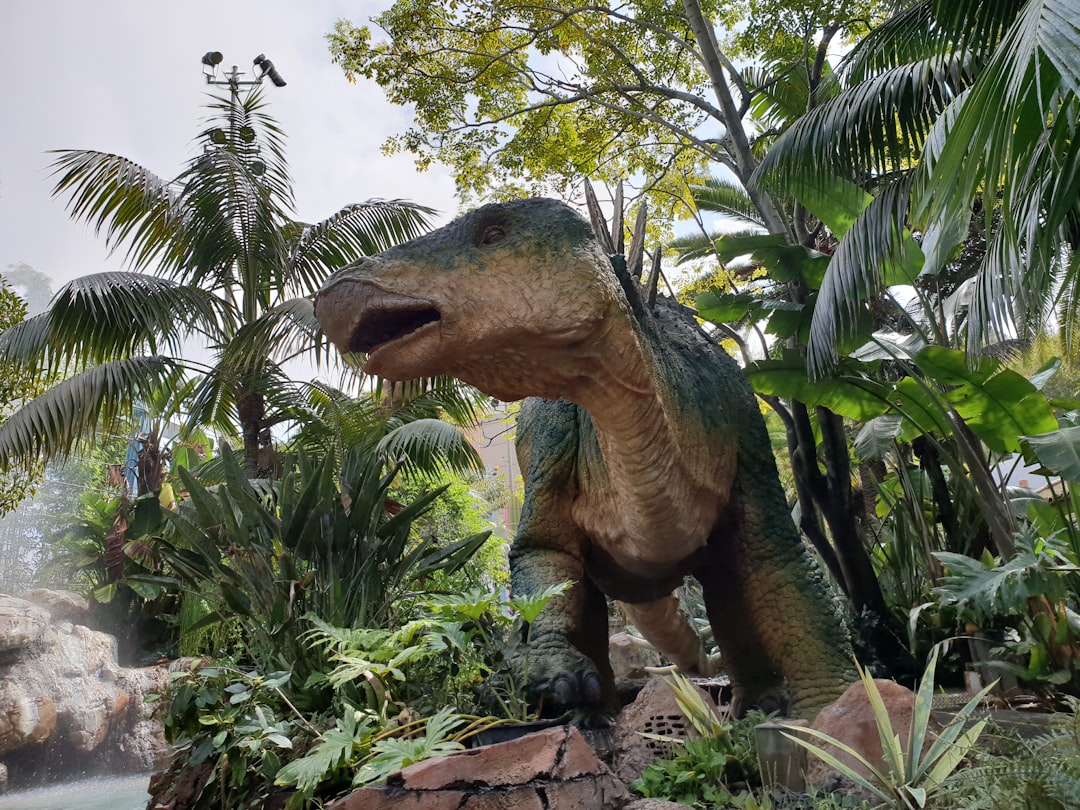
After Pangaea broke apart, landmasses and the animals on them became more isolated. Over millions of years, these isolated populations followed divergent evolutionary paths. This phenomenon, called allopatric speciation, allowed unique species to arise on different continents. Think about it – predators who once competed with dozens of similar species across Pangaea suddenly found themselves the only game in town on their isolated continent.
Perhaps the best-known South American dinosaur that developed through continental drift and subsequent isolated evolution is the carnivore Giganotosaurus, a name meaning “giant southern lizard.” These two predators arose independently after the breakup of Pangaea. Giganotosaurus lived about 98 million years ago in South America, while T. rex existed some 30 million years later in North America. This isolation allowed each continent to develop its own unique apex predators, perfectly adapted to local prey and conditions.
Arms Race Across Continents: When Predators Got Creative
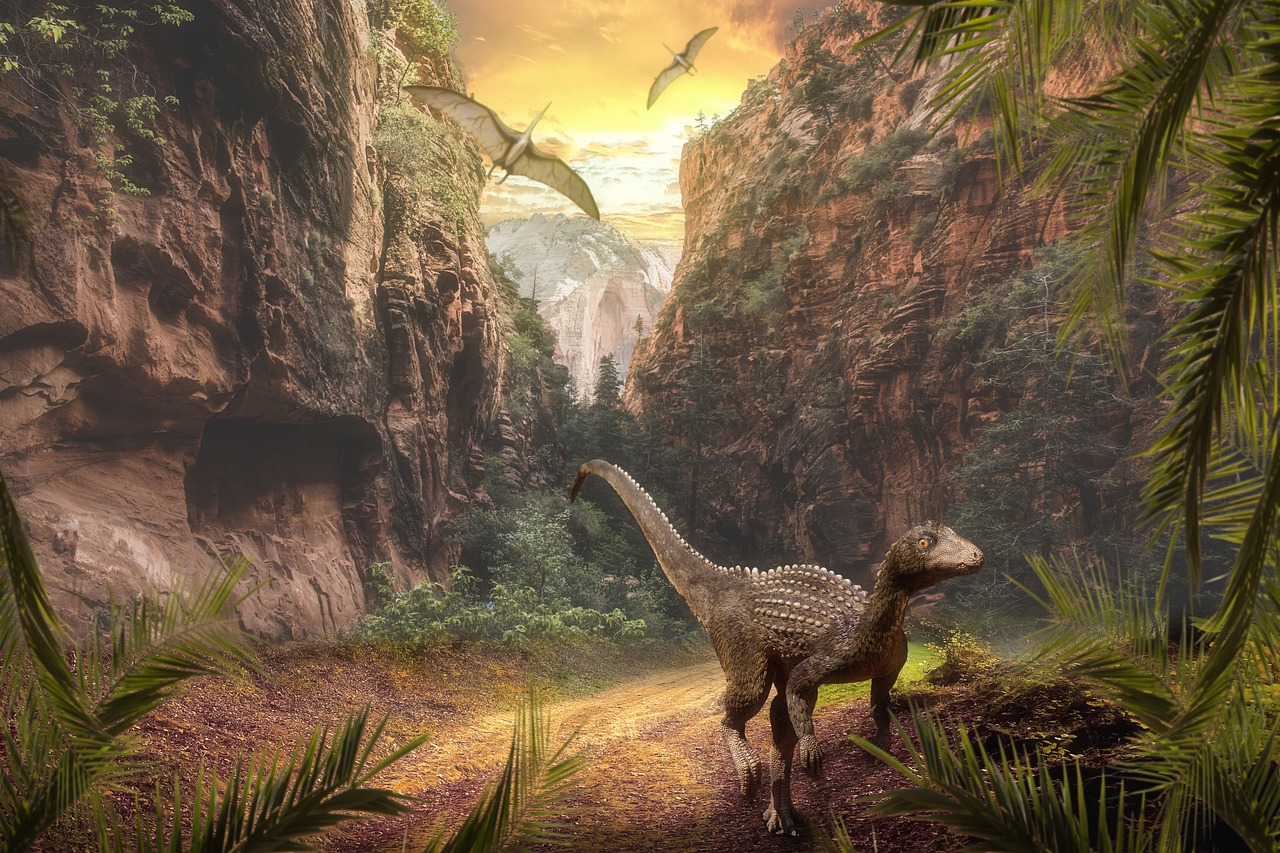
As herbivorous dinosaurs diversified and grew larger in response to continental separation, their predators underwent their own evolutionary revolution. The Jurassic period saw the emergence of increasingly sophisticated and specialized theropod dinosaurs that evolved to exploit the new niches created by Pangaea’s breakup. These predators ranged from small, agile hunters to massive apex predators that rivaled modern-day elephants in size. Continental drift essentially created separate laboratories for evolution, each experimenting with different predator-prey relationships.
Weighing an estimated 6.5-13.8 tons and stretching 40-43 feet from head to tail, Giganotosaurus, living in a prey-rich environment ideal for predators, was larger than T. rex. Unlike the conical teeth that T. rex used for crushing, Giganotosaurus had blade-shaped teeth better suited for slashing and slicing. This perfectly illustrates how isolation drove innovation – different continents developed completely different hunting strategies for their apex predators.
The Southern Giants: A Unique Evolutionary Experiment
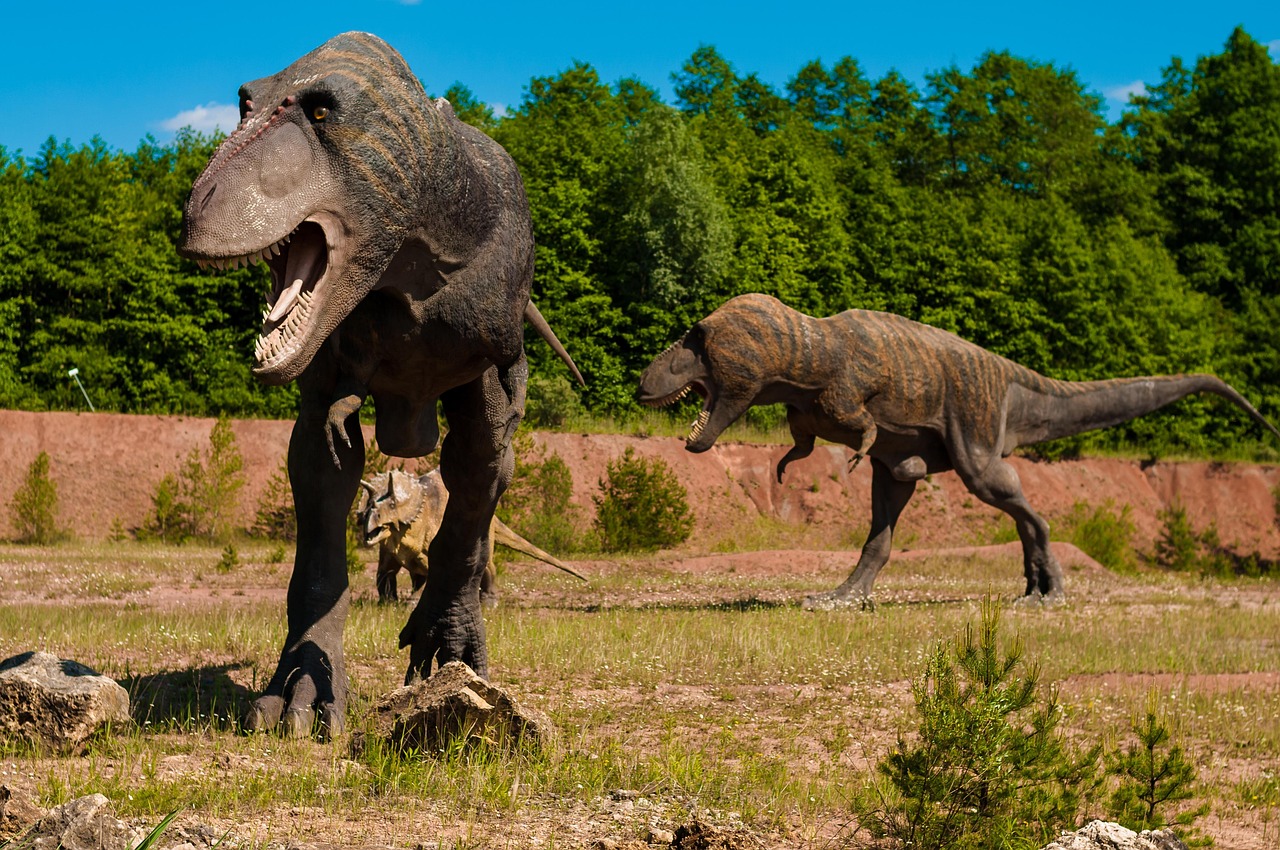
The abelisaurs were one of the last two great groups of large theropod dinosaurs, and while the tyrannosaurs dominated in the northern continents, the abelisaurs held domain over the south, with earlier theropod groups only existing in small fragmented populations. The southern continents became a testing ground for completely different predatory strategies than what developed in the north.
Most are in Africa and South America and are some of the biggest and strangest dinosaurs known. Joe Sertich and his colleagues are confident that they will discover many more southern dinosaurs. The study of their bones will continue to rewrite the books on how continental drift and isolated evolution impacted their development. These southern predators evolved solutions to hunting that northern dinosaurs never had to consider, creating a fascinating parallel evolution story.
Prey Animals Adapt: New Defenses for New Threats
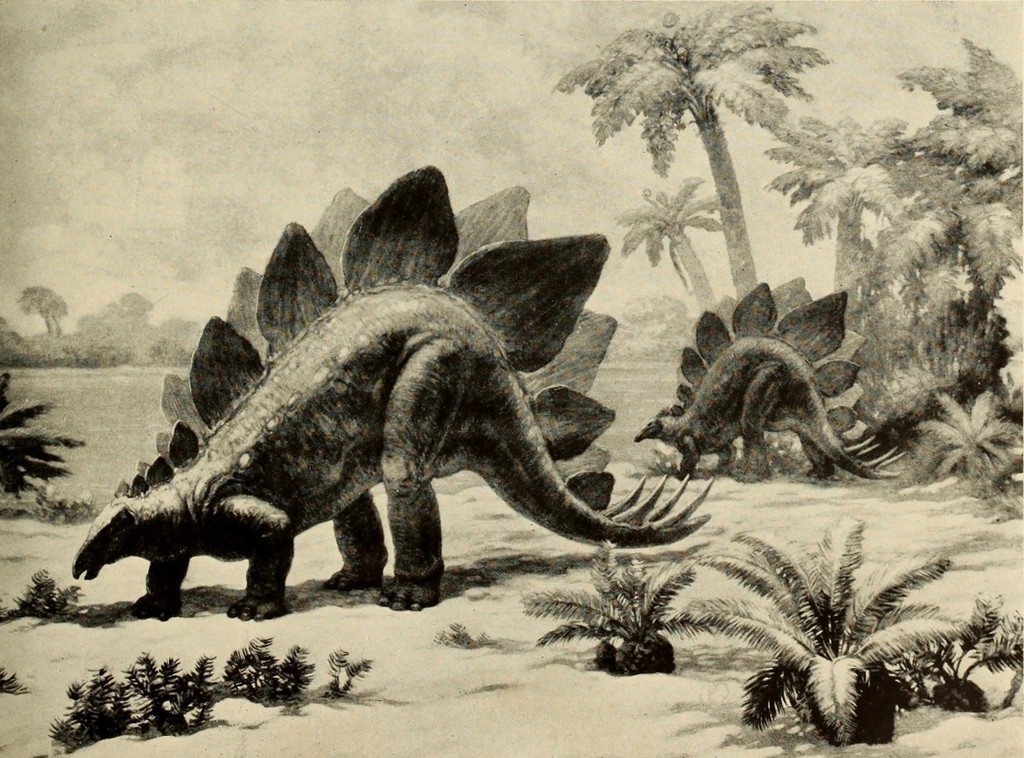
During this period, the continents completely separated, causing dinosaurs and other life forms to evolve independently of each other. This separation meant that prey animals on each continent faced unique predatory pressures, leading to remarkable defensive innovations. Some developed armor plating, others relied on speed, and still others evolved pack behaviors that had never been necessary in the unified world of Pangaea.
Many dinosaur species like Triceratops, Ankylosaurus, and Stegosaurus protected themselves from their predators with defensive horns, plates, spikes, and clubs. These elaborate defensive mechanisms evolved as direct responses to the unique predatory threats on each separated continent. Continental drift essentially forced prey animals to become more creative in their survival strategies.
Climate Change Drives Everything: New Environments, New Rules

These magnificent giants reached their peak diversity and size precisely because of the environmental changes triggered by Pangaea’s breakup. The warm, humid climate and abundant vegetation created perfect conditions for animals that needed enormous amounts of food to sustain their massive bodies. Sauropods like Brachiosaurus and Diplodocus evolved different feeding strategies that reflected their isolated environments. Continental drift didn’t just separate landmasses – it created entirely new climate zones that demanded fresh evolutionary approaches.
During the Cretaceous, the present North American continent was isolated from the other continents. From north to south across the continent, the Western Interior Seaway started forming. This inland sea separated the elevated areas of Laramidia in the west and Appalachia in the east. These climate changes created barriers within continents themselves, further fragmenting predator and prey populations and driving even more specialized evolution.
The Tyrannosaur Revolution: Northern Supremacy
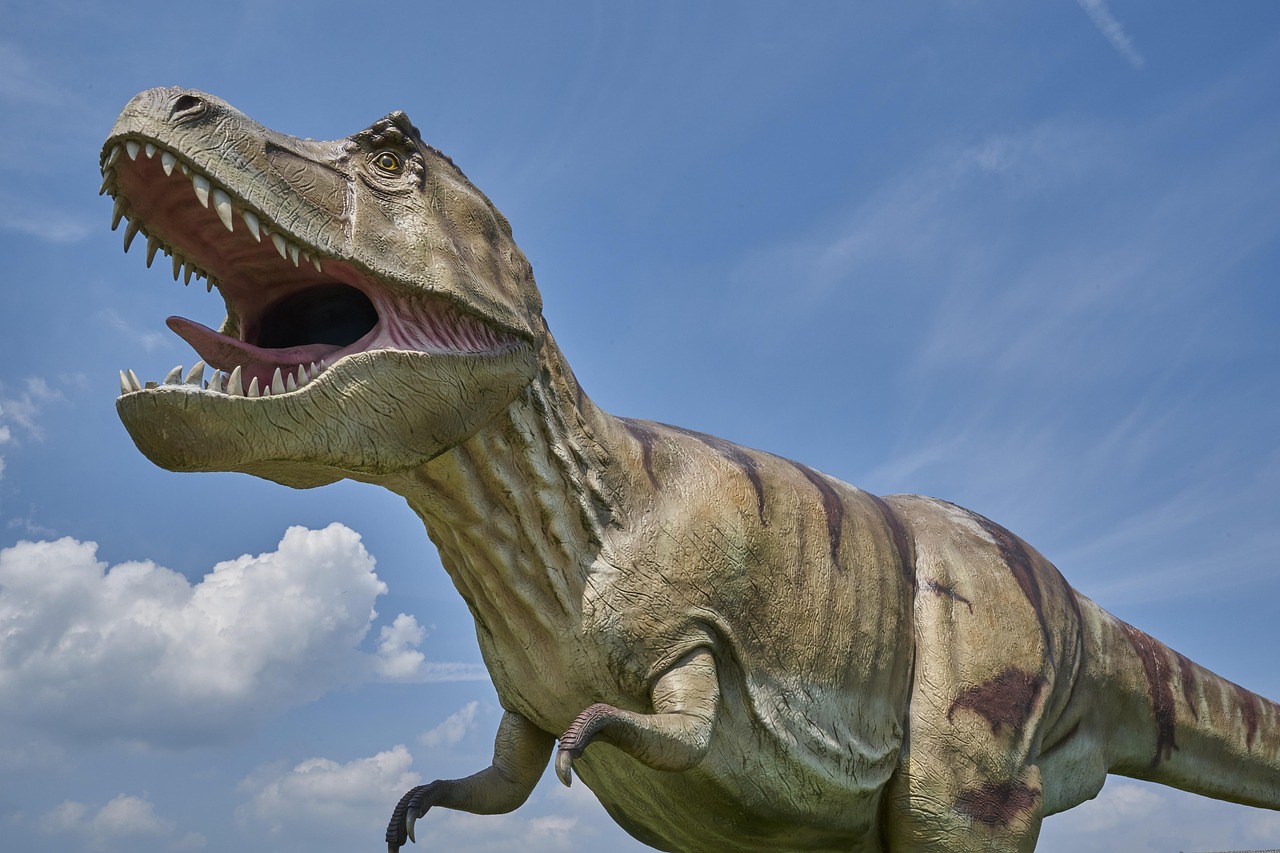
Originating in Asia and spreading across the northern hemisphere, the tyrannosauroids were quickly establishing dominance throughout their range. As carnosaurs like Siats continued to decline, tyrannosauroids grew in both size and number. The northern continents became the kingdom of the tyrannosaurs, while their southern cousins developed along completely different evolutionary paths.
About 80-70 million years ago, when the continents had nearly reached their current configuration, the Asia-dwelling ceratopsians moved into the North American continent via the Bering Land Bridge. No one is sure, but it was likely an expansion of range caused by changes in environmental conditions, competition for resources or the availability of food. Once they arrived in North America, however, the ceratopsians flourished and grew more diverse, and embarked on an evolutionary path independent from that of the relatives they left behind in Asia. Even late in the age of dinosaurs, continental connections still allowed for dramatic changes in predator-prey dynamics.
The Fossil Evidence Tells the Story
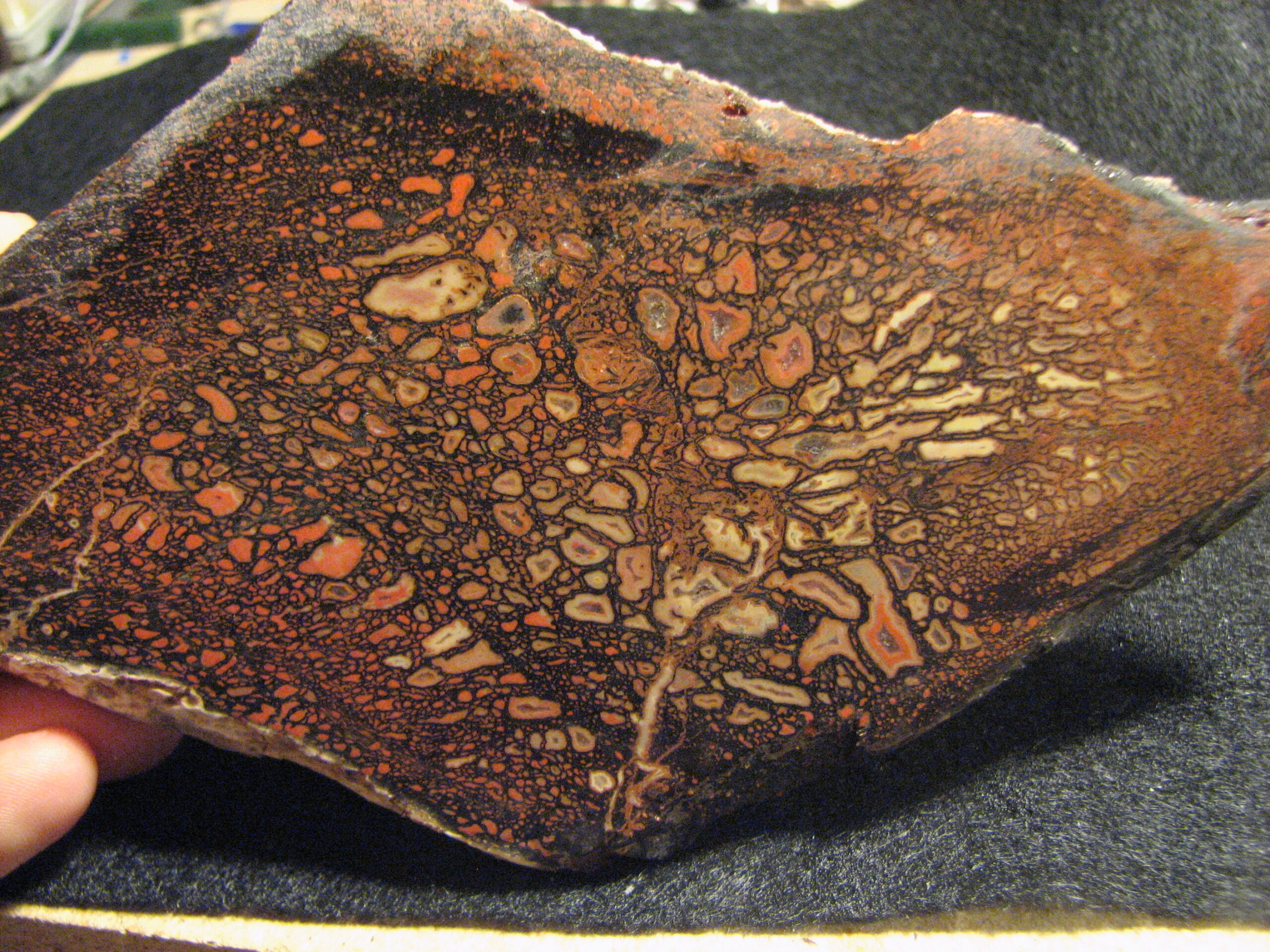
The fossil record provides compelling evidence for how Pangaea’s breakup influenced dinosaur evolution. Paleontologists have discovered that dinosaur fossils from the early Jurassic show remarkable similarities across what are now different continents, reflecting the connected world that existed before the split. However, as the period progressed, fossil assemblages became increasingly distinct between separating landmasses. The rocks literally tell us the story of separation and specialization.
The Morrison Formation in North America contains dinosaur species that are found nowhere else in the world, reflecting the evolutionary isolation that occurred as the Atlantic Ocean expanded. Similarly, dinosaur fossils from the Tendaguru Formation in Tanzania show unique characteristics that distinguish them from their North American contemporaries, despite sharing common ancestors. These fossil patterns provide a clear timeline of how continental separation influenced dinosaur evolution. We can actually track the moment when similar species began diverging into completely different evolutionary experiments.
Continental drift fundamentally rewrote the rules of survival for dinosaur predators and prey, creating isolated evolutionary laboratories that produced some of the most magnificent and terrifying creatures our planet has ever seen. From the crushing jaws of T. rex in North America to the slicing teeth of Giganotosaurus in South America, continental separation drove innovation, specialization, and an arms race that lasted for millions of years. The next time you look at a world map, remember that those separated continents once shared the same dinosaurs – and their breakup created the incredible diversity of prehistoric life that continues to amaze us today. What would have happened if Pangaea had never split apart?



